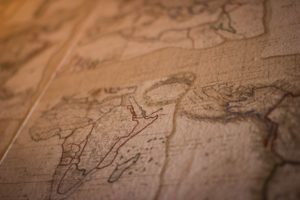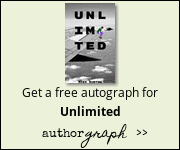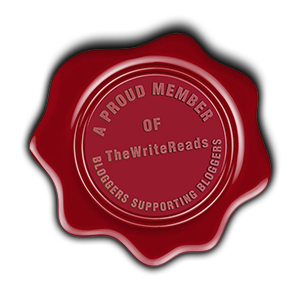 When I wrote my first two short stories, I just wrote… let the story take off running and see where it led me. I had a good idea what general direction each was going, but as far as the destination… no idea. The third short was a bit more directed… I had a direction and an ending, but the path to get there could be as meandering as it wanted to be. My Nano novel started like that. I had a beginning (pretty much the first four chapters already written), a middle (kinda), and an end (which changed a little bit, but was damn close to the original.)
When I wrote my first two short stories, I just wrote… let the story take off running and see where it led me. I had a good idea what general direction each was going, but as far as the destination… no idea. The third short was a bit more directed… I had a direction and an ending, but the path to get there could be as meandering as it wanted to be. My Nano novel started like that. I had a beginning (pretty much the first four chapters already written), a middle (kinda), and an end (which changed a little bit, but was damn close to the original.)
The problem with just starting out with nothing but a direction to go is that you aren’t aware of any of that space between you and your goal. While a grand adventurer, well-versed in the ins and outs of hacking through a jungle and spelunking through an abandoned mine shaft may be inclined to take off blindly, But if you’re new at this writing thing? That’s a bit much to take on.
So where do we get a map? Well, just a bit of planning ahead will help do the trick. (For us pantsers ,yes… this is the one bit of planning I suggest you actually do.) At a minimum, have a beginning, middle and end planned out. Even if you completely go off track and take the scenic route, you’ll have a reference point to go back to if you get stuck in a briar patch.
Beyond that, You’re pretty good… hack that briar patch to bits or go around, it’s up to you. If you have a path to go back to, at least it’s some sense of security. If you are a plotter, you are going to have your map. Chances are, it will be in the form of some serious notes and spreadsheets.
Even if you’re starting out with a pirate’s map scribbled in charcoal on some sheet of unknown leather-type stuff… or you have the map that’s so detailed that you are on first name terms with every bush you’ll be passing on the way, a map may just very well become your best friend… or possibly just an escape route if things go bad.


Leave a Reply